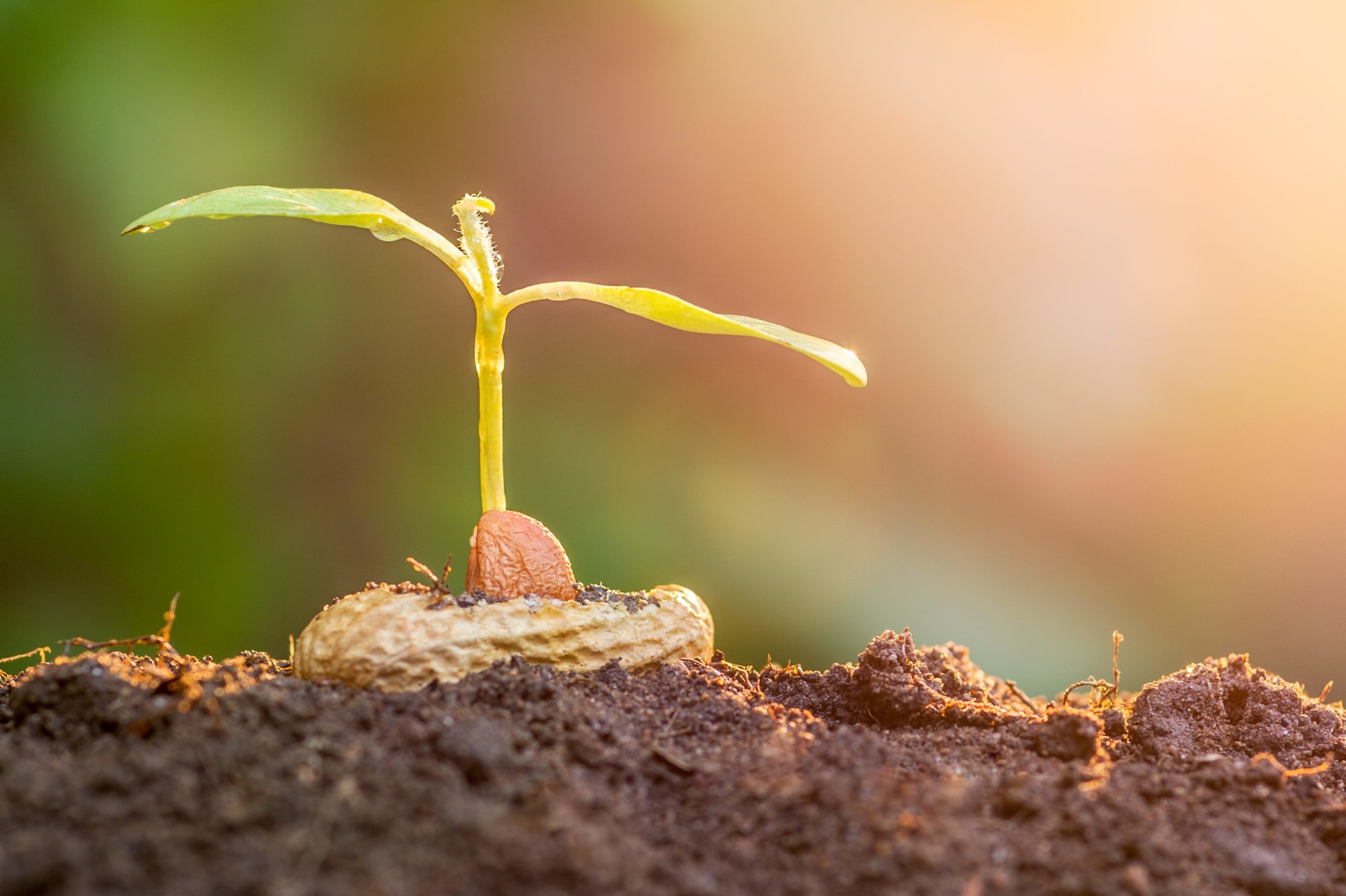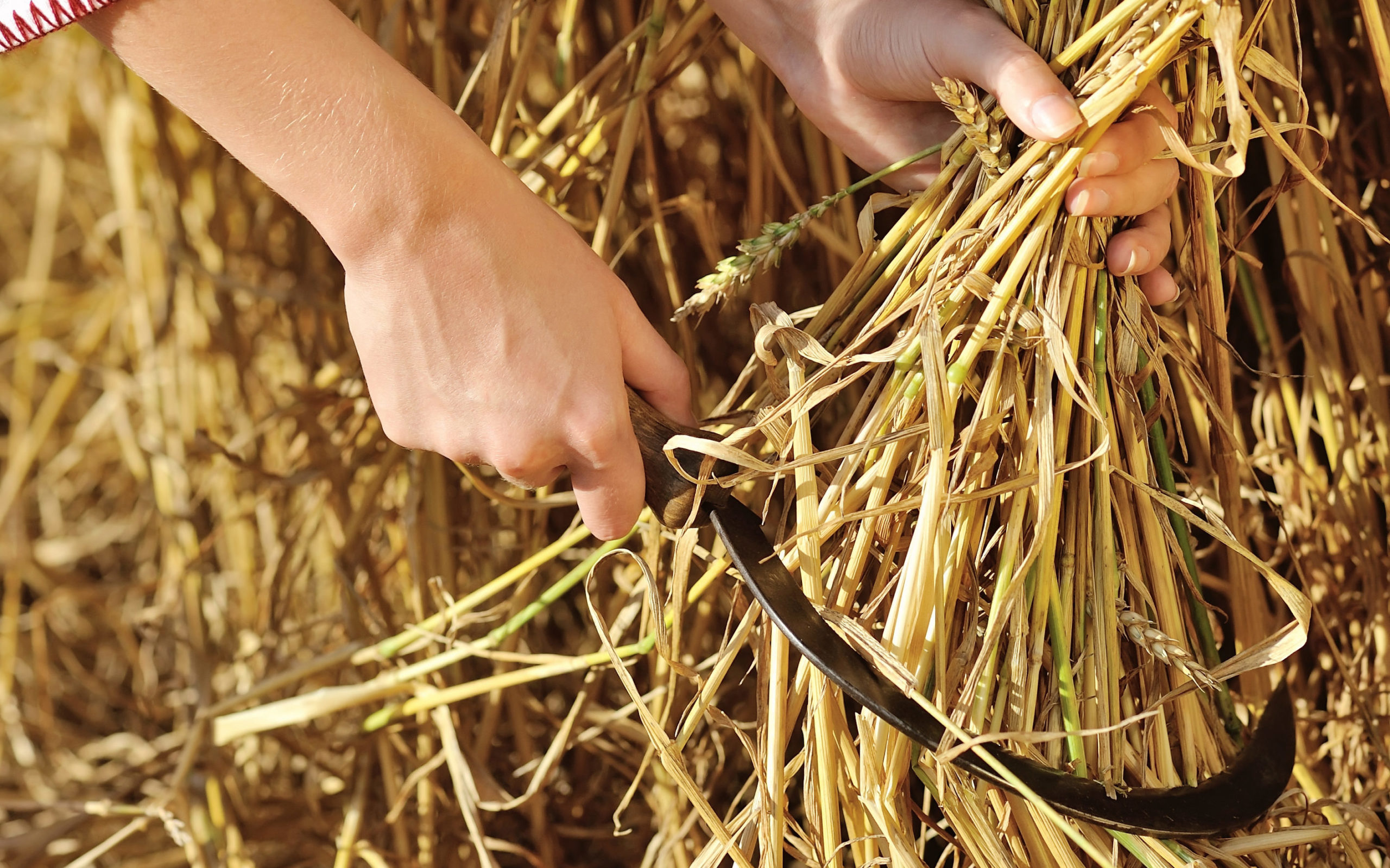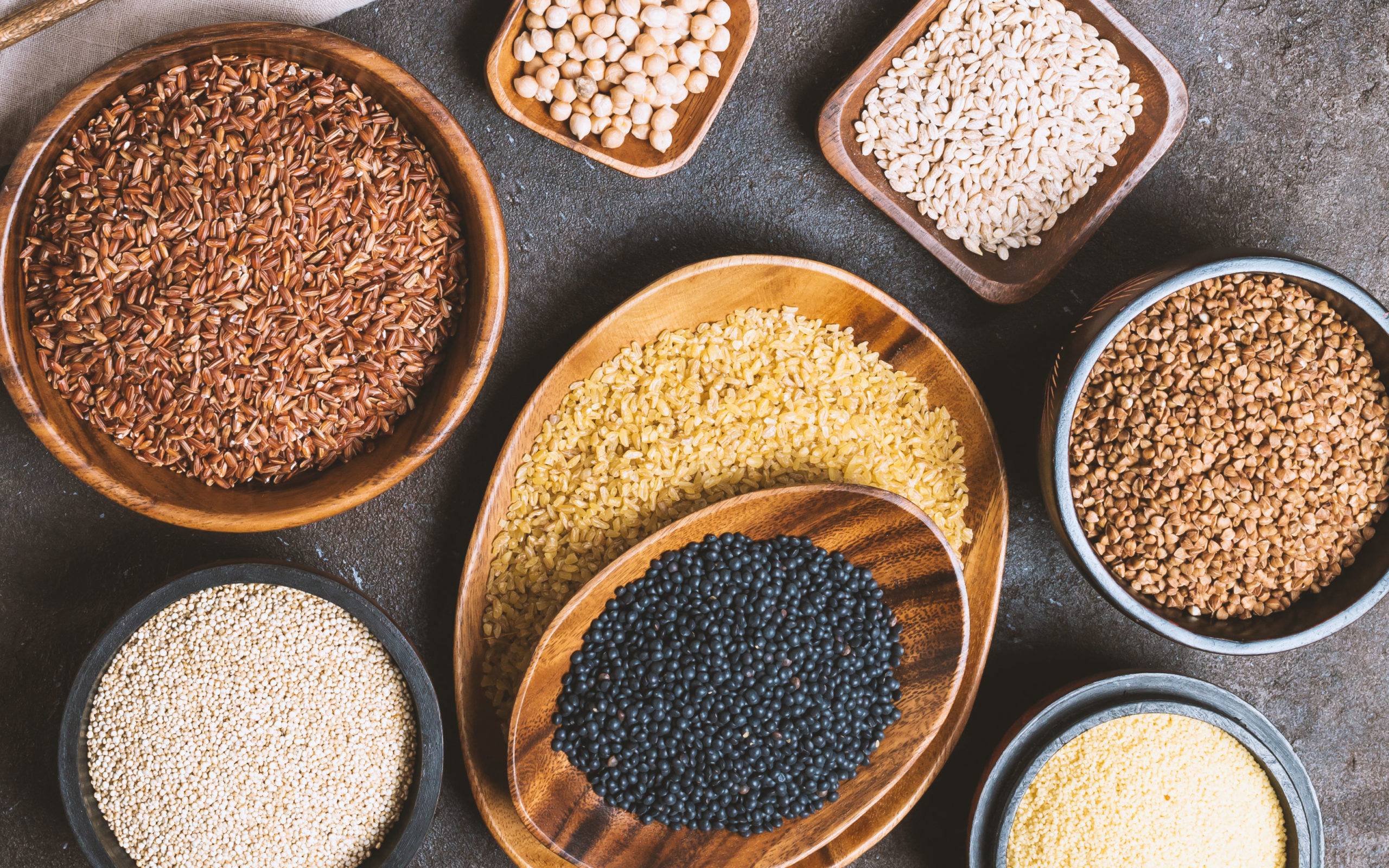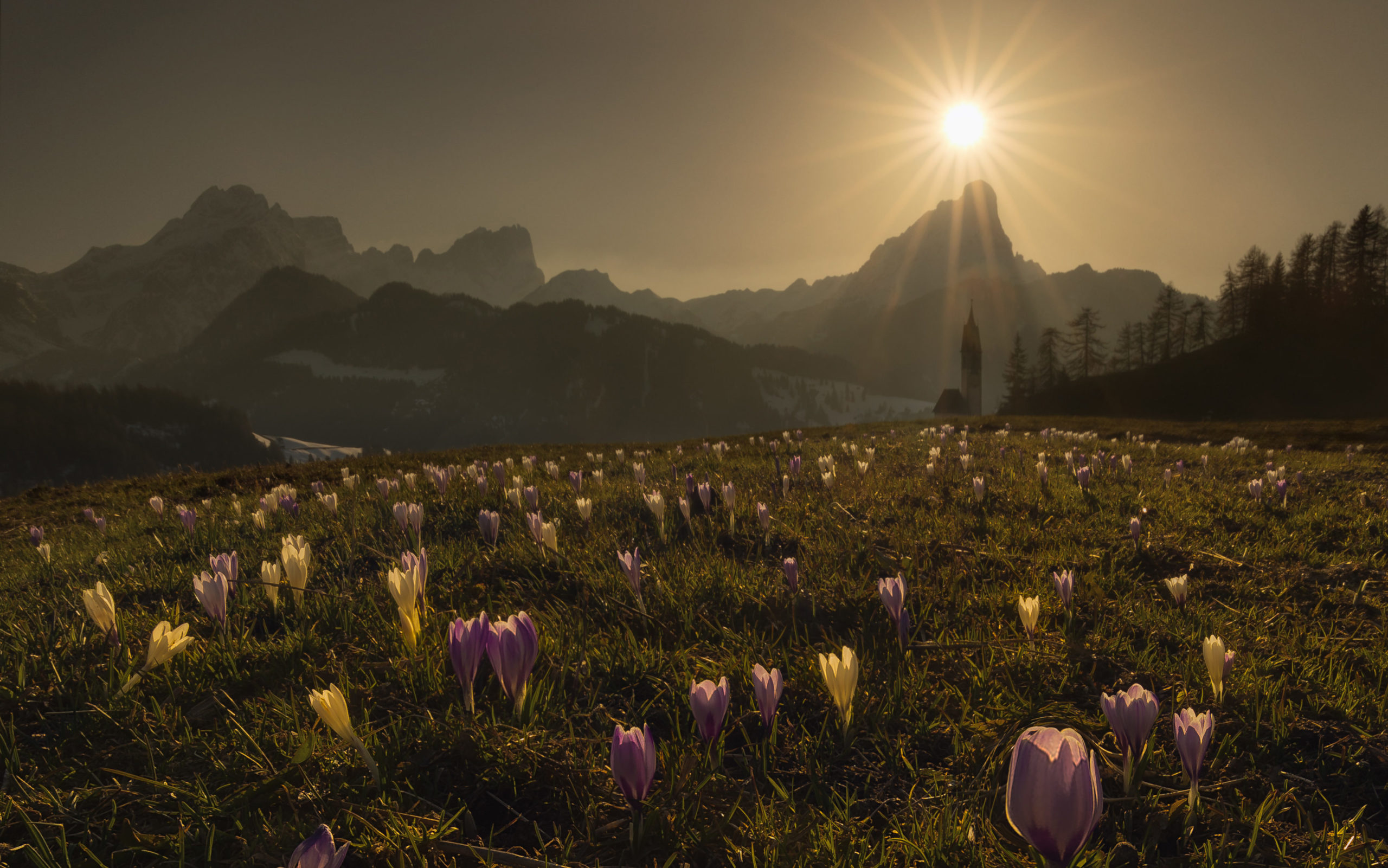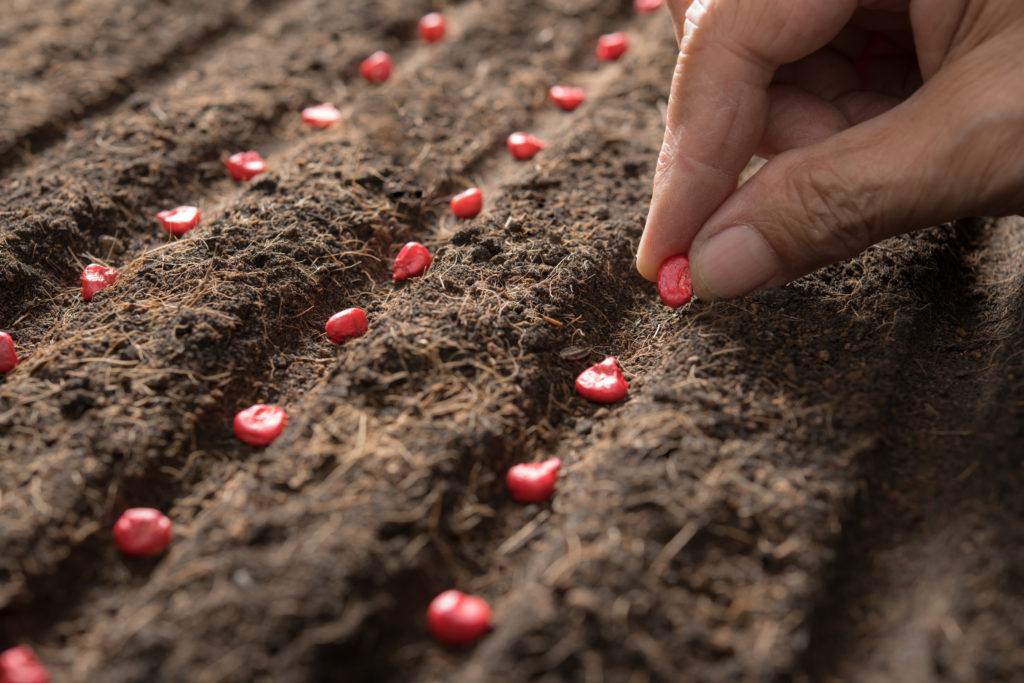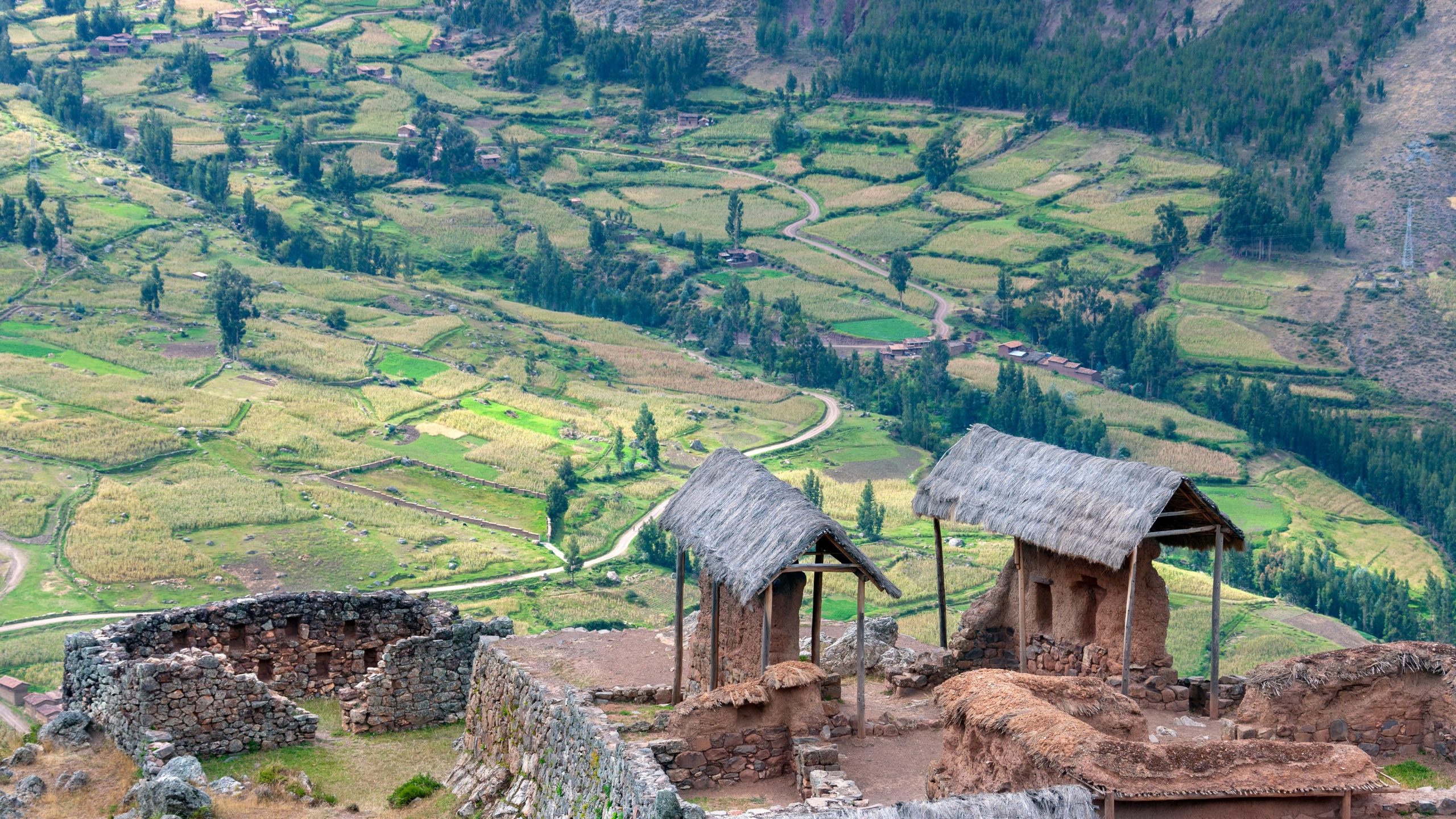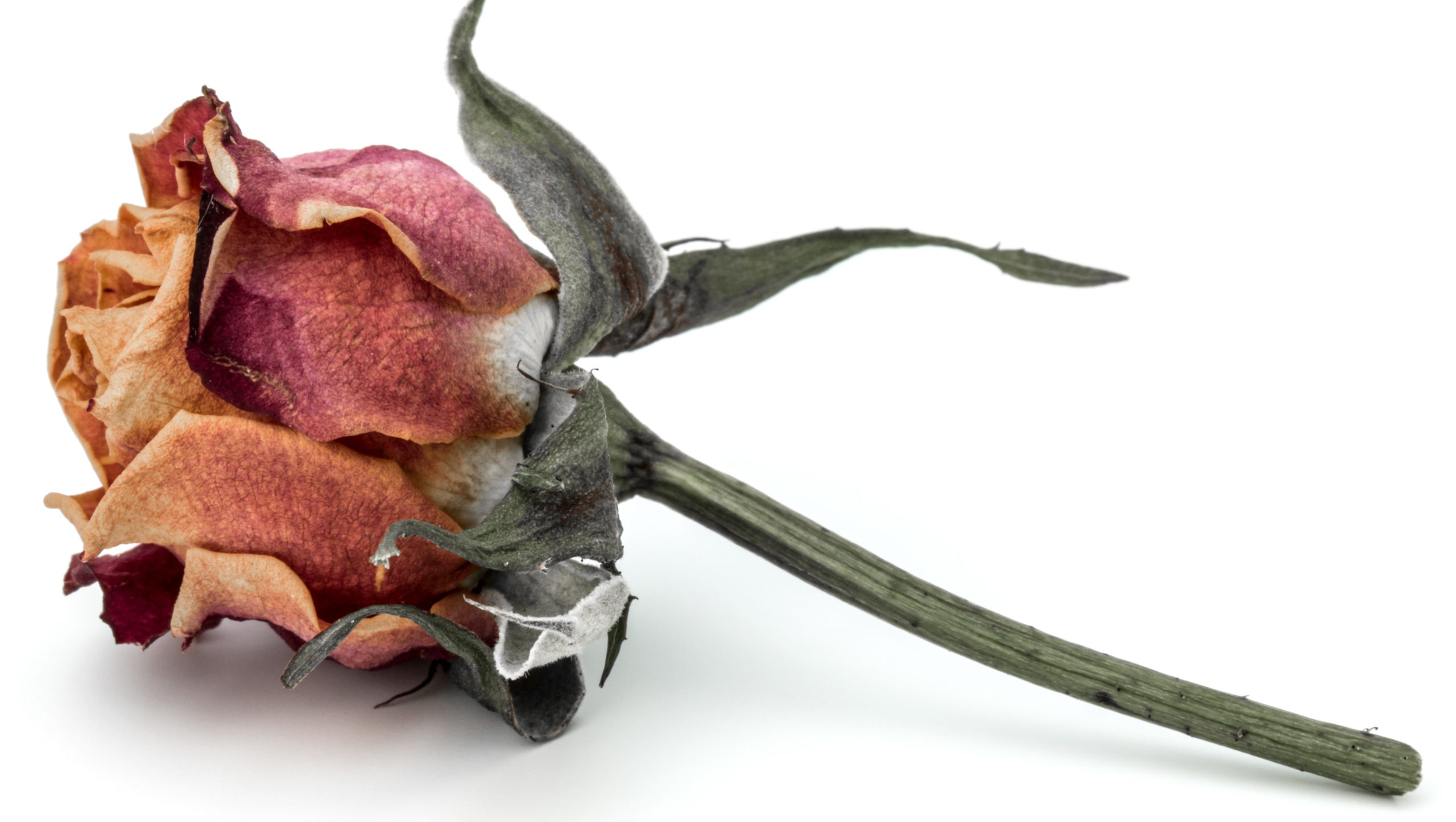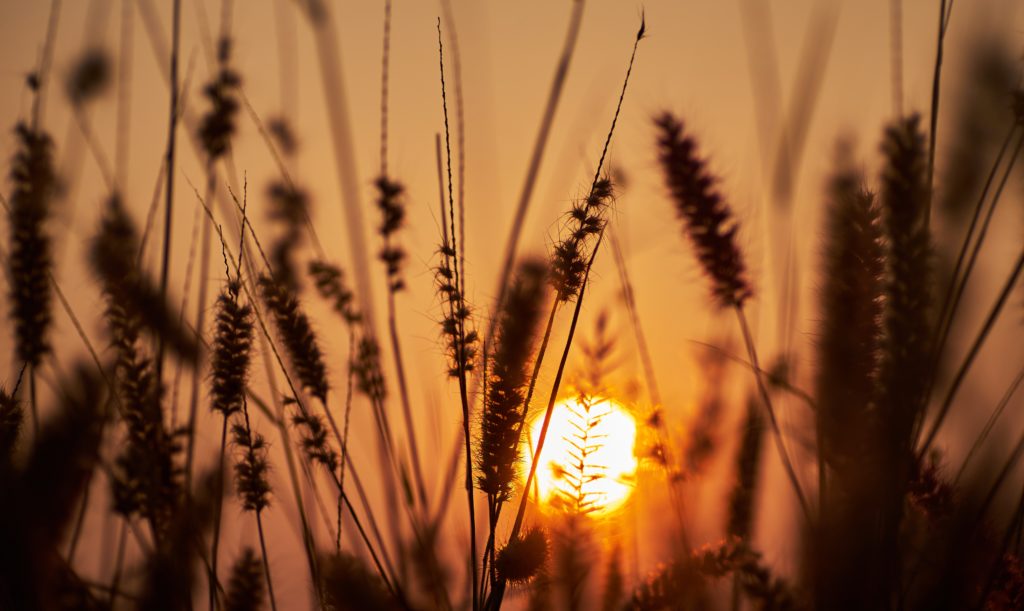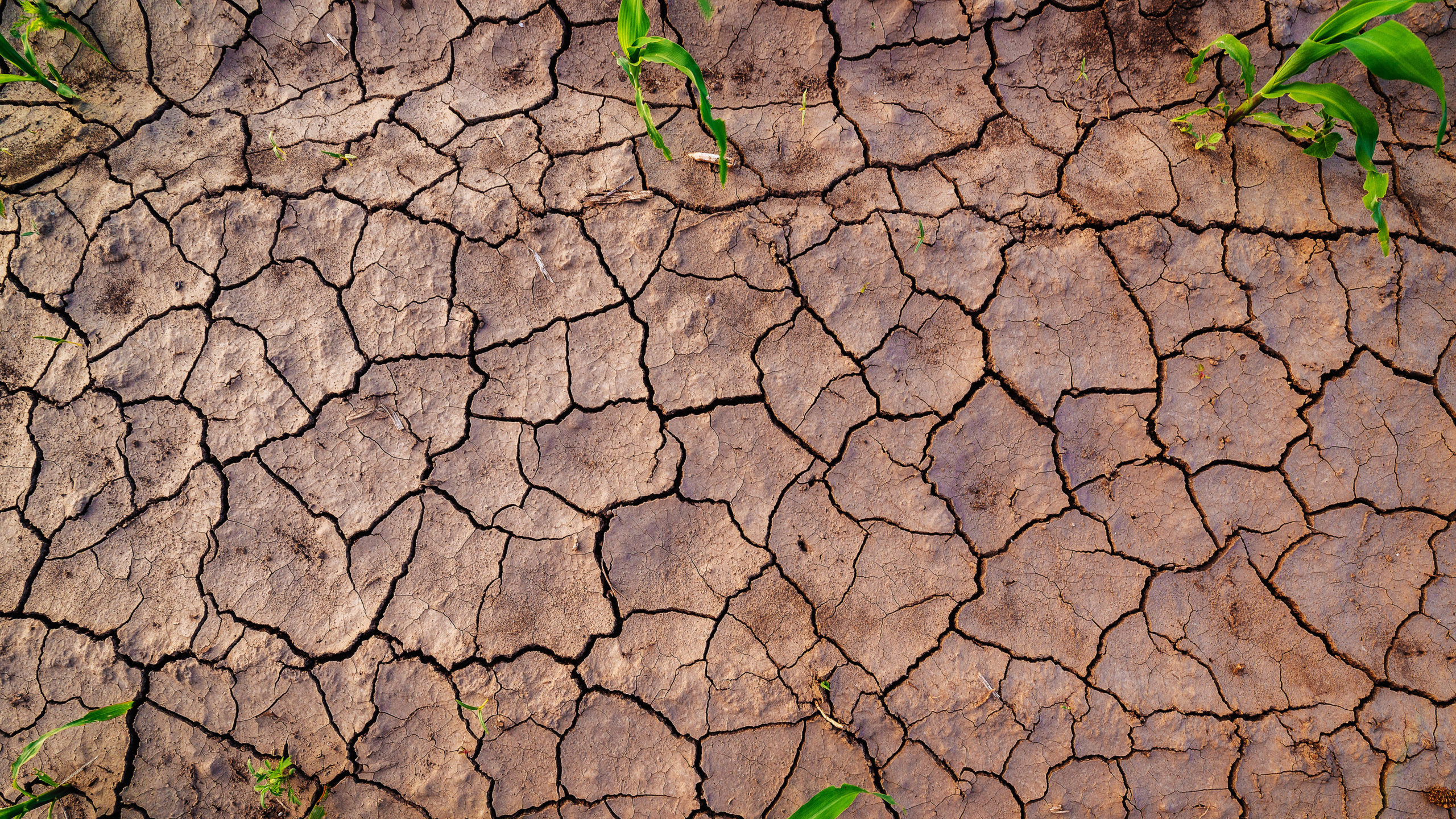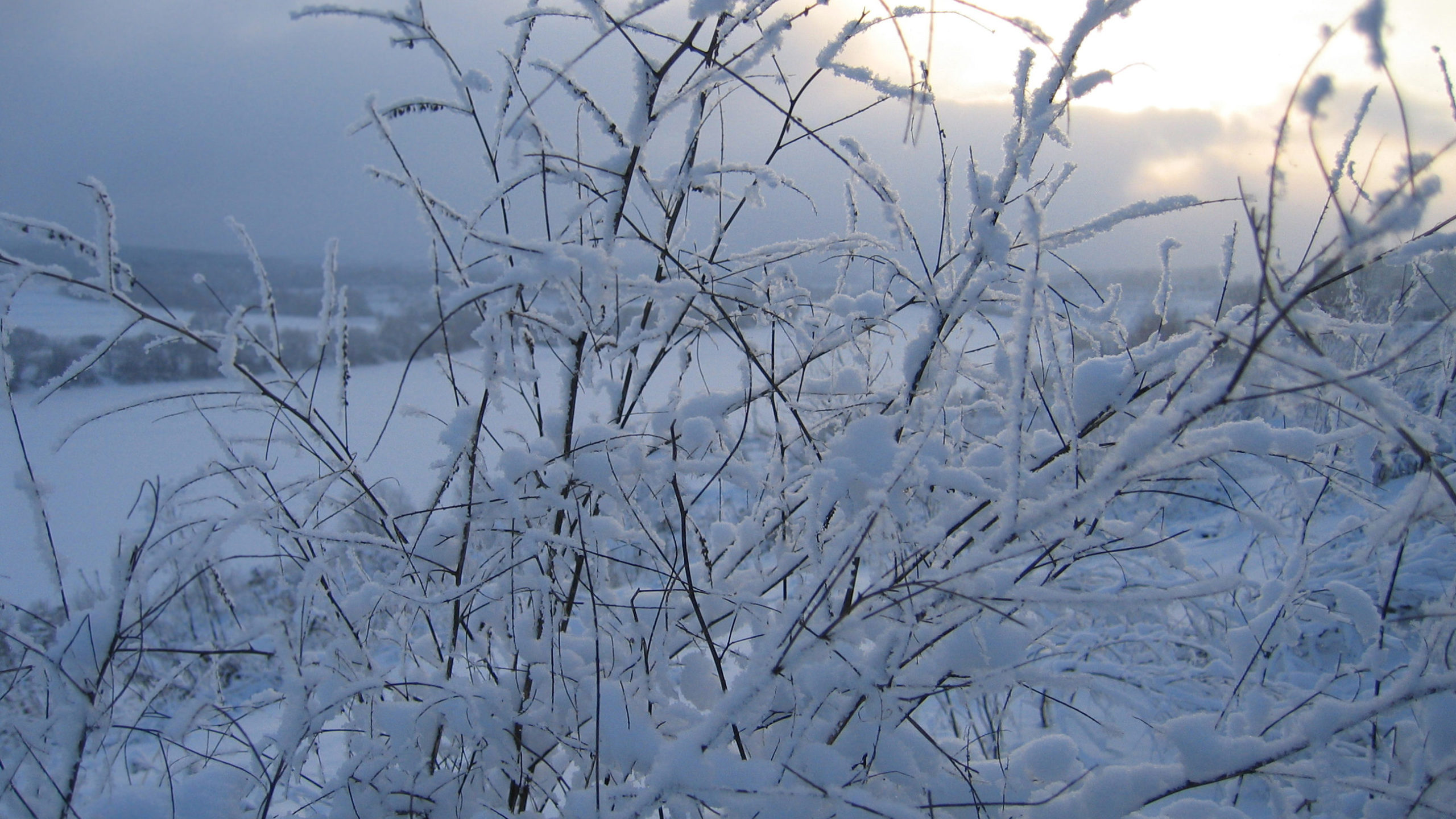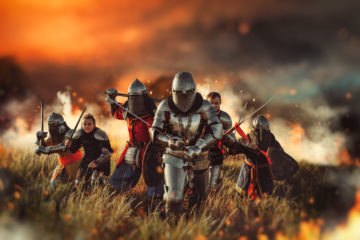Acriculture has been around for ages. Nobody alive today even remembers anyone who lived during a time when there was no goddess of agriculture to pray to for good weather and bountiful harvests. It is a benign force that mainly acts behind the scenes and rarely draws attention through great deeds or miracles. While that means that Agriculture has few enemies, it also means that they are an easy focal point to attack should one seek to release a bunch of cosmic energy. So Let’s kill the Goddess of Agriculture.
This is part of a series of articles examinging ways to remove certain deities from the cosmos in roleplaying game settings. You can find the introduction and all other articles here – this is the first (and for now only) installment.
Who is the Goddess of Agriculture?
The deity of agriculture and planting came into existence when people started to put seeds in the ground by design. What might have started out as a simple experiment to see what would happen quickly turned into a major way to produce food and feed people. There is no culture around that does not benefit from agriculture in one way or another.
Disclaimer: not everything in this article will be botanically correct. If you are going after a god, you do not get to complain that the tables placed a coconut in a temperate forest. Feel free to adjust to your and your table’s needs in terms of realism.
Whenever seeds are planted or their rewards are reaped, there is worship and energy flowing to the god of agriculture. There is little need for additional temples or an organised structure for this one, except for a couple of naturally-occuring devout followers. People all over plant and harvest, and with the number of different crops, vegetables and fruits around, there is always something that is being sown or plucked, in addition to people thinking about what they grow on their land and hoping for a good outcome. On top of that, harvest festivals provide a nice additional boost just before the season with little to no naturally occuring worship.
All things considered, the goddess of agriculture is a rather powerful deity by the nature of their activity alone. They are also rather benign, without harsh demands from their followers – who in turn only expect to grow food for themselves and their communities.
How to Harvest the Goddess of Agriculture
As an old and powerful entity, the goddess of agricultury only has one weakness – or a handfull, depending on how you count. Seeds play a big role in agriculture, and if you know where to look, you can find some very old ones that hold the key to this deity’s existence. From there, you need to find a number of places corresponding to these seeds, conduct a certain ritual, and that’s it. It is not as easy as it sounds, but with a little dedication it can sure be done.
The Primordial Seeds
The goddess of agriculture is one of the oldest deities known, but even they had to begin somewhere. The key are the first seeds ever planted with intend. Some of them came from plants that leave behind part of the seed as they grow. In a curious case of cosmic feedback, a couple of those remains were imbued with a little bit more energy than they should have, preventing them from degrading naturally.
But why would anyone…
Holding one such seed might impart visions of what happened in ancient times, or seep into dreams for a more subtle approach. It probably requires some research to figure out what they represent, and further research to find what they mean. Maybe a member of the group found one – either through sheer luck or as the result of some weird and almost obsessive personal project based on an obscure reference found in the margins of an ancient tome.
Alternatively, someone unrelated to the group could have found such a seed and tried to sell it for a profit. If they did their due diligance and know what power those seeds hold, they will most likely ask for a god’s ransom, but can also provide the necessary information to start the party on their quest.
The Seeds
In theory, you can use any kind of seed that is either large enough to reasonably survive long enough after the plant started sprouting to be preserved through cosmic forces, or leaves behind part of the seed when the plant takes root, in most cases a shell of sorts. You can find a table of such seeds below for your rolling pleasure.
| d12 | Seeds of Agriculture |
| 1 | dusty Coconut |
| 2 | mouldy Peanut Shell |
| 3 | dried-out Avocado Core |
| 4 | leathery Banana Peel |
| 5 | powdery Mango Seed |
| 6 | warm Walnut Shell |
| 7 | moist Chestnut |
| 8 | slimy Cherimoya Seed |
| 9 | rough Pecan Nut |
| 10 | smelly Peach Core |
| 11 | soggy Pine Cone |
| 12 | hardened Almond |
Or roll twice to combine adjectives and seeds for more results.
And if you are feeling lucky, roll for several adjectives. But don’t say I didn’t warn you.
How many Seeds do you need?
The amount of seeds necessary to undo the goddess of agriculture varies depending on your needs. This number will influence the amount of game sessions necessary to complete the task. A single seed will most likely feel too weak as anchor point for a deity, while larger numbers blow up the time to spend on gathering the seeds along beyond what will be fun to play. I would recommend going with three seeds, up to a maximum of five.
Where to find these Seeds
Finding these seeds is not easy. While they hold great power and are recognized as such by beings that dabble in all things cosmic (which includes many creatures with cosmic origins), their energy cannot be easily accessed. As such, they are either quickly discarded or added to treasure hoardes or hidden vaults on the off-chance of being useful at some point.
It would make sense to find one or more of them in a dungeon or laboratory after defeating its previous inhabitants, thus kicking off this quest with a head start. As seeds or shells they should stand out easily among gold, gems, and body parts. Another option is to stumble upon them during travels, half-hidden but not too out of place.
For any of those options, you can roll on the table below for ideas where such seeds might be found. Just roll again if the result does not fit your needs – or pick what sparks the most inspiration for you!
| d12 | Seed Location |
| 1 | boring Wayside |
| 2 | muddy Ditch |
| 3 | peaceful Pond |
| 4 | secluded Meadow |
| 5 | burried Squirrel’s Stockpile |
| 6 | pitoresque Shrine |
| 7 | public Temple |
| 8 | abandoned Laboratory |
| 9 | guarded Archive |
| 10 | fenced-off Paddock |
| 11 | shady Shed |
| 12 | colorful Crate |
Or roll twice to combine adjective and locations. You know the drill.
To cut down on the time necessary to find them all, you could have some already found by a scholar willing to part with them, or by an evil sorcerer seeking to destroy the goddess of agriculture themselves – which would also reduce the amount of research necessary for the characters.
Optional: Sentient Seeds
This aspect is very much optional and dependant on the group you are playing with. Maybe the bit of unexpected energy that imbued the seeds gave them a speck of sentience. In effect, that would mean that they could talk, and witty banter would be the main kind of conversation to expect from them. They could even be aware of what they are and even how they work. At the very least, a seed calling out as the cherecters pass by would let them know in no uncertain terms that there is something odd going on.
Back to Where it all Began
While the seeds may hold an echo of cosmic resonance, that in itself does not really make them powerful. But, as the term resonance might suggest, they gain that power when they are brought back to the places they have first been planted. Then, they can access the primordial energies that their planting directed toward the focal point that is the goddess of agriculture.
These locations are specific to every seed. Some seeds can be found close to where they were first planted, while others have travelled long distances by various means, among which bird intestined are not unheard of. Add to that the number of beings who, consciously or not, realized how special these seeds were, and carried them around further.
If you are using the Sentient Seed option, one or all of them might remember where they were initially planted. Either they remember the landscape to give the characters a hint, or they know the exact location by name.
Follow the Resonance
There is one primal plot for every seed, and returning each one there seems like a daunting task. Some might not even be obvious if the location has been abandoned or suffered a major catastrophy. But in general, fertile sites tend to stay that way, especially with a deity watching over them.
The key here is that the seeds are resonating in some fashion. Whether they grow warmer, begin to light up, or actually start to shake, their reaction can be used to determine whether you are moving in the right direction. Very far from the site, that may require special care to determine, but the closer the seeds get, the more obvious the effect is.
The Locations of First Agriculture
Most of these locations should be suitable for planting, although not all of them are necessarily still in use. Some might have required a bit of help to make them suitable, like irrigation or tilling. It would befit the theme of this plot if at least some of these primal plots were to be found in fields or orchards.
| d12 | First Agriculture Locations |
| 1 | grassy Field |
| 2 | tilled Arable |
| 3 | colorful Flower Bed |
| 4 | secluded Valley |
| 5 | wind-swept Plateau |
| 6 | abandoned Garden |
| 7 | well-maintained Cemetary |
| 8 | rocky Hillside |
| 9 | smelly Orchard |
| 10 | chill Forest |
| 11 | crooked Savannah |
| 12 | foggy Tundra |
Or roll twice to combine the results.
Planting Seeds of Destruction
There is not much in terms of ritual to follow at this point. If you manage to bring one of the primordial seeds to their primal plot, they will make it known that they desparately want to be planted. To that effect, it is enough to place them close to the ground within a few meters of the original spot, and the seed will propell itself the rest of the way and start sprouding no matter the conditions.
In theory, this is a glorious moment in which that seed relives its sprouting and growing over the span of a few minutes, positively glowing with divine energy. If left unchecked, it will grow to full size, bloom in a spectacularly exaggerated fashion, then wither in a pleasing way, and get reduced to dust. The seed will be left behind, innert for a few weeks before it can be used in that way again. This process will result in a net gain of energy for the goddess of agriculture.
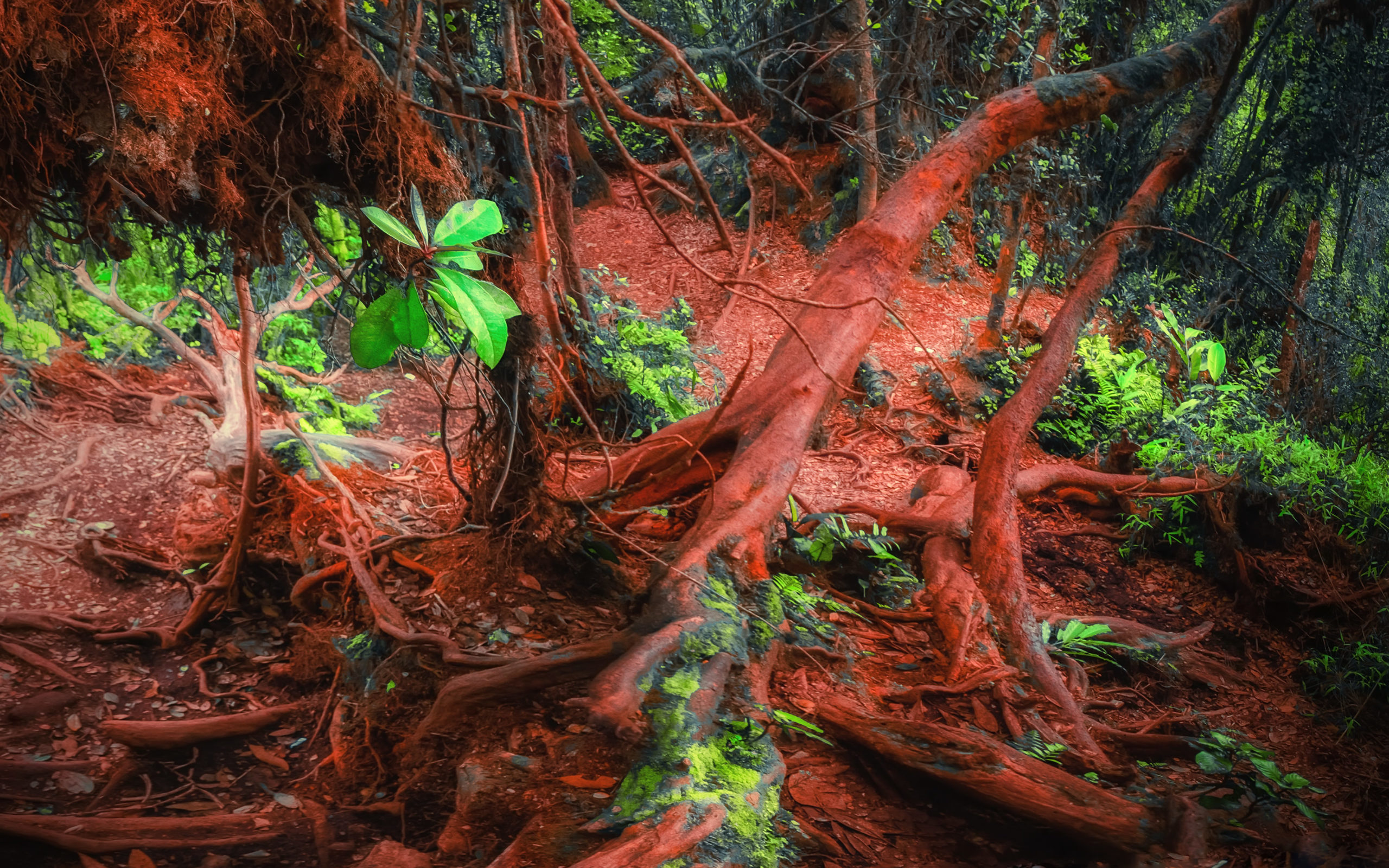
Planting with Ill Intent
But that is not what you got through all the trouble for. Instead, that plant needs to be cut down before it can bear fruit by cutting away its flowers. That leaves a few crucial minutes where the plant and the meaning behind it is vulnerable. Unlike most rituals, this one does not require any special cutting equipment. Anything that can cut will work – daggers, shears, or scythes. Depending on the type of plant, there can be anything from one to a hundred flowers that need to be cut, so there might be some tools better suited for the job than others.
As soon as the plant enters that phase, it will sense ill intent in those around it, even before the first cut is made. There is nothing it can do, though, unnless you go with the optional rule below. If not, the plant has a range of motion akin to a strong breeze, and no way to defend itself. If you went for the Sentient Seeds option, this is the point where that funny voice will go into a full tirade about trust, the importance of growth, and the lack of personal developement in the characters.
Optional: Crops gone Wild
If you do not want the goddess of Agriculture to take this lying down you can use this optional method for them to defend themselves. The main way to go is to turn the plant growing from the primordial seed into a version that can defend itself. To that end, it will quickly grow into a plant-based monster that sports a number of flowers that befits the origin plant. Depending on the monster you use as a base, this plant can certainly gain the ability to move about.
Now, every time that monster suffers damage equal to its total hit points divided by the number of flowers, one of the flowers gets chopped, crushed or otherwise obliterated in the attack. Destroying the last flower will also destroy the plant and end the fight.
In addition, the Goddess of Agriculture might be able to asert some control over anything that was planted with intent, be that grass, crops, bushes, or trees. These plants cannot outright attack or turn into mobile versions, but they can hinder, interfere, or hold attackers close by.
Aftermath
As soon as the last flower hits the ground, the plant will wither away and die in a spectacular and disturbing fashion. It will also unfocus a bunch of divine energy, weakening the goddess of agriculture focal point. If that happens to all the seeds (depending on how many you chose), this focal point will simply cease to exist for lack of energy directed at it in that moment.
A World without Agriculture
There will be no immediate repercussions as the goddess of agriculture dissipates. Plants can continue to grow as normal, seeds can be planted, and harvest brought in. The difference will only become obvious over time. There is no benign force left to subtly strengthen all seeds planted with intent, or taking the edge off of foul weather. Plants will grow less, their fruits take longer to ripen, and more and more will be lost to weather or winter.
It is possible to replace that divine influence with mortal work, but it will take a lot to get production back up to where it used to be, and not everyone can afford that. Whatever the social or economic consequences will be, it will be a while till people realize what happened. While this may sound bleak, this is usually what you get for killing a god.
Optional: Grow your Power
All that energy that is now without focal point is still not lost. There is no loss of energy on the cosmic scale, just loss of focus. The energy that has lost its focus quickly becomes available to other entities capable of using or focusing it. If left alone, it will strengthen other deities over time. But it also offers opportunites – check out Aftermath of the Unfocussing of a God for a number of ideas and hooks on where to go from here.
In the case of Agriculture, once the focal point has unravelled there is a moment when planting a seed can cause the energies to re-focus on the person planting, and turning them into a temporary replacement of the goddess of Agriculture. It will allow them to keep the deity going, but at a high cost to their physical and spiritual existence.
Harvesting Feedback
This article of Let’s Kill a God is the first of what I hope to be many. As such, there is a lot of room for improvmement, and this is where I need your help. To make this and the next deities to be removed better, I need to hear from you about what you liked, what you disliked, and what you think I could do better next time around. Best way to contact me is @dominicsstuff on Twitter or @Be_Inspired_with_Dominic on Instagram. Thanks a lot in advance!
Thank you for contemplating agricide with me, and as always, remember to Be Inspired!
